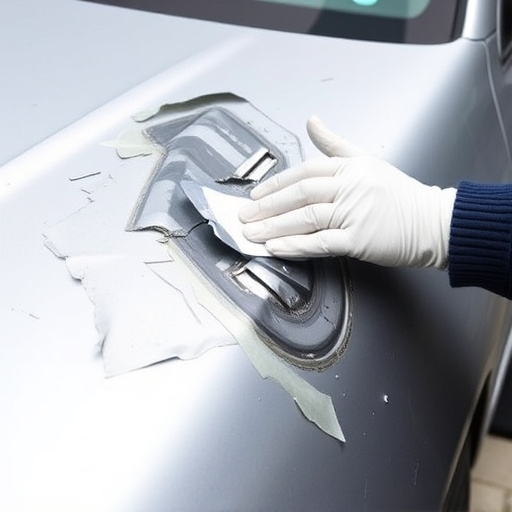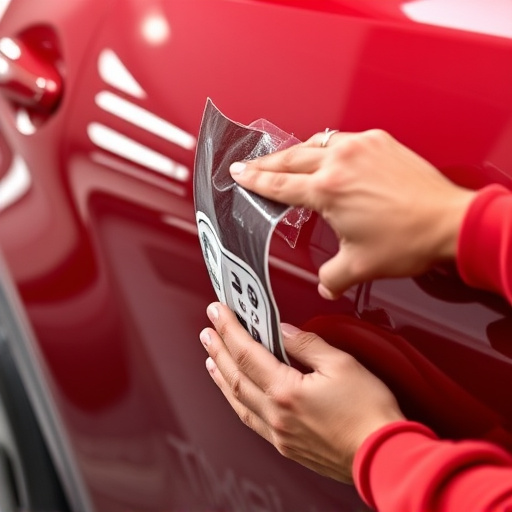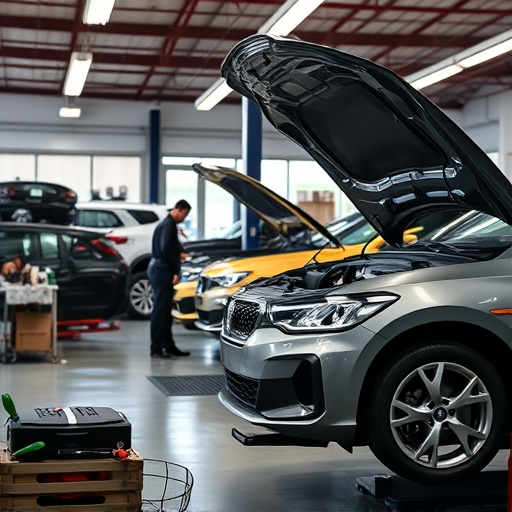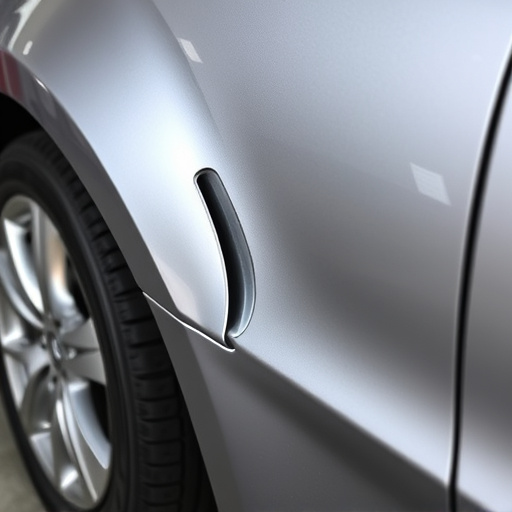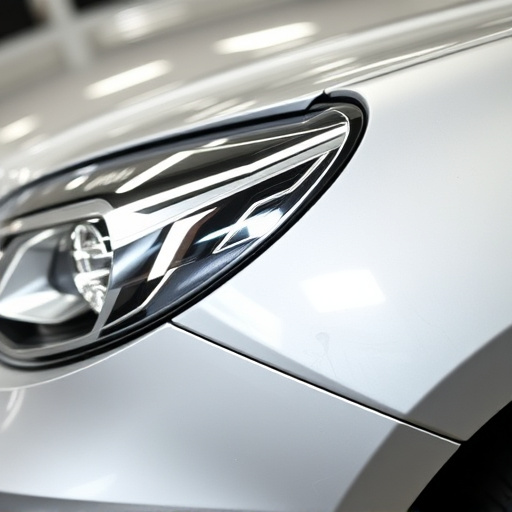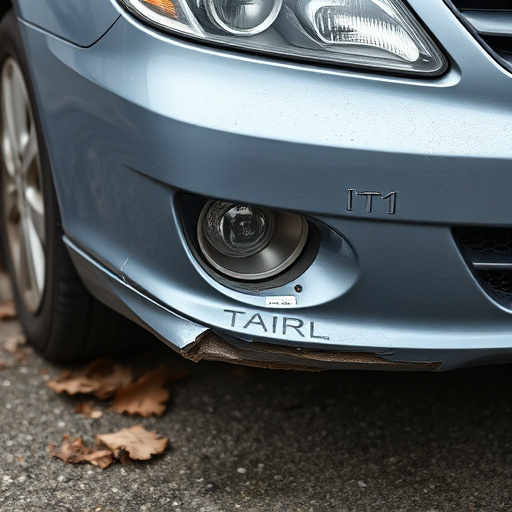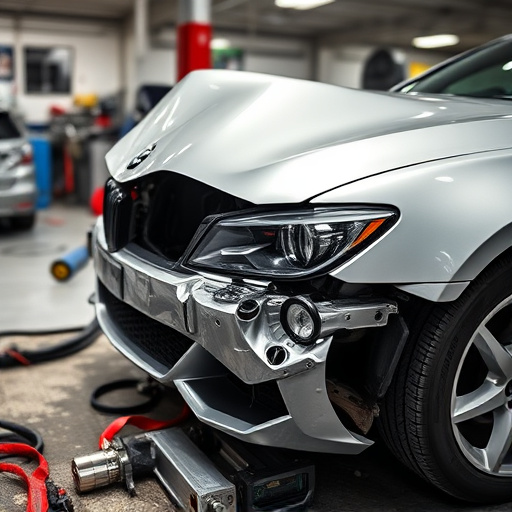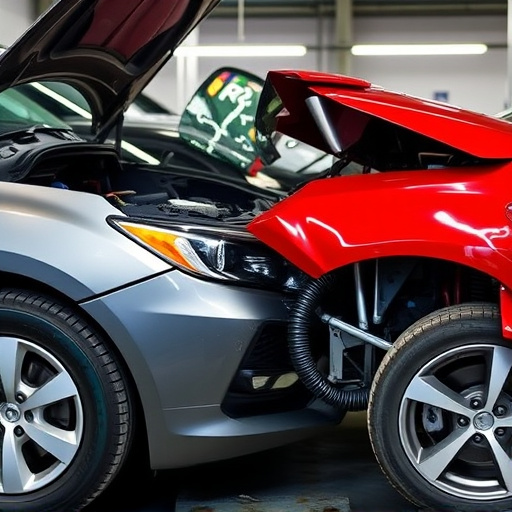Rising frame machine repair costs are straining automotive businesses due to complex modern vehicles, limited original parts, and global supply chain disruptions. Shops face higher expenses for specialized equipment, labor, and materials, impacting pricing strategies while maintaining competitive rates. These challenges, exacerbated by increased demand for restoration services, put pressure on both providers and consumers alike.
In recent years, the frame machine repair industry has been grappling with escalating costs that are impacting businesses of all sizes. This surge is driven by global supply chain disruptions, increasing raw material and component prices, and a skilled labor shortage. The article delves into these factors, examining their impact across the industry, from small independent shops to large automotive manufacturers and aftermarket parts suppliers. Moreover, it explores strategies for mitigating rising repair costs, focusing on supply chain resilience, automation, and innovative service models.
- The Increasing Cost of Frame Machine Repairs: Factors Driving the Trend
- – Global supply chain disruptions
- – Rising prices for raw materials and components
The Increasing Cost of Frame Machine Repairs: Factors Driving the Trend
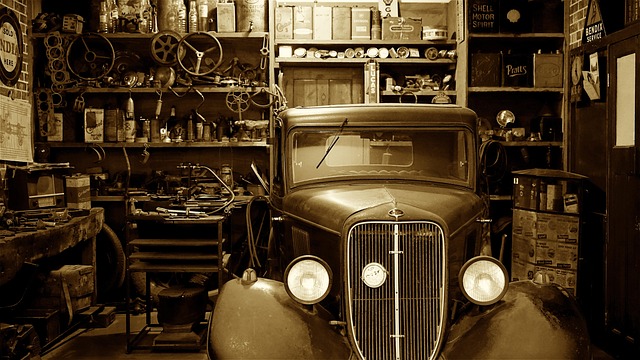
The rising costs of frame machine repairs have become a significant concern for many businesses in the automotive industry. Several factors are contributing to this trend, making it essential for both repair shops and vehicle owners to understand the dynamics at play. One of the primary reasons is the increasing complexity of modern vehicles. With advancements in technology, cars today have intricate frameworks that require specialized equipment and highly skilled technicians for repairs. This specialization often comes with higher labor costs, which are passed on to customers.
Additionally, the availability of original parts and the need for precise replacement parts are other critical aspects driving this trend. Many classic or vintage vehicles, in particular, rely on specific, hard-to-find components, leading to longer lead times and increased expenses. As the demand for vehicle restoration and fender repair services surges, especially in today’s market where aesthetics play a significant role, repair shops are adjusting their pricing strategies accordingly. This adjustment ensures they can continue offering quality services while staying competitive in the industry.
– Global supply chain disruptions

The global automotive industry has been grappling with rising costs, and one significant aspect affecting collision repair shops and auto bodywork specialists is the disruption to the supply chain. These disruptions, exacerbated by recent world events, have created a ripple effect across the entire vehicle manufacturing and repair ecosystem. The impact on frame machine repair services is substantial. Essential components and specialized equipment required for precise auto bodywork and dent removal processes are now in shorter supply and at higher prices.
As a result, collision repair shops are facing increased operational expenses, which they must pass on to consumers. This trend poses challenges for both businesses and customers, especially as the demand for reliable and efficient frame machine repair continues to grow. The industry must adapt to these new realities while ensuring that quality standards in auto bodywork services remain intact.
– Rising prices for raw materials and components

The frame machine repair industry is facing significant challenges due to rising costs, particularly for raw materials and components. This trend has been a game-changer in the auto collision center landscape, impacting not just frame machine repair but also broader car bodywork services. The increased prices are driven by global supply chain disruptions, demand fluctuations, and the cost of advanced technology required to keep up with modern vehicle designs.
These factors make dent removal and other complex bodyworks more expensive, affecting both repair shops and customers. Shops must now carefully navigate these challenges, often passing on some of these costs to consumers, which can be a significant concern for folks looking to get their vehicles back in top condition without breaking the bank.
The rising costs of frame machine repairs are a significant concern for the industry. Global supply chain disruptions and increased prices for raw materials have contributed to this trend, making it crucial for businesses to optimize their maintenance strategies. By staying informed about these factors, manufacturers can anticipate and mitigate future expenses, ensuring more sustainable operations in the long term.

